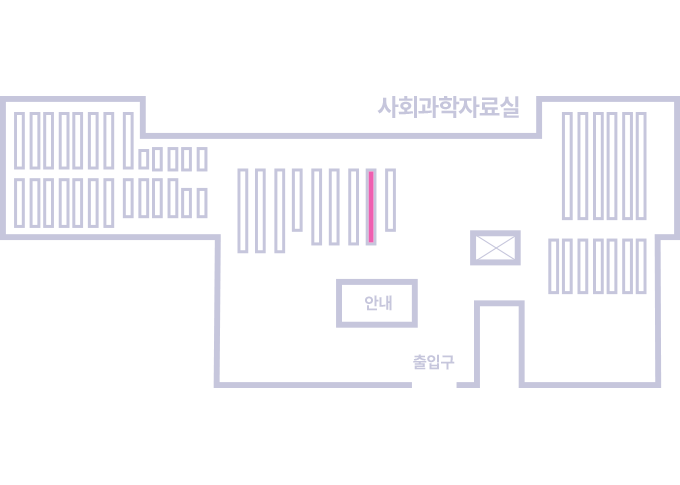권호기사보기
| 기사명 | 저자명 | 페이지 | 원문 | 기사목차 |
|---|
| 대표형(전거형, Authority) | 생물정보 | 이형(異形, Variant) | 소속 | 직위 | 직업 | 활동분야 | 주기 | 서지 | |
|---|---|---|---|---|---|---|---|---|---|
| 연구/단체명을 입력해주세요. | |||||||||
|
|
|
|
|
|
* 주제를 선택하시면 검색 상세로 이동합니다.
| 번호 | 참고문헌 | 국회도서관 소장유무 |
|---|---|---|
| 1 | (1980) Durability of Concrete in Marine Environment A Review Performance of Concrete in Marin Environment, | 미소장 |
| 2 | (1999) The Use of Slag in Cement and Concrete in a Sustainable Development Perspective, | 미소장 |
| 3 | (1997) of Consti- tuents and Composistion on Autogenous Shrinkage of Cementitious Materials", | 미소장 |
| 4 | (2000) Autogenous Shrinkage of Ground-Granulated Blast Furnace Slag Concrete, | 미소장 |
| 5 | (2003) 팽창재 및 수축저감제를 이용한 고성능 콘크리트의 수축특성, | 미소장 |
| 6 | (2003) 고강도 플라이애쉬 콘크리트의 자기수축 예측 모델, | 미소장 |
| 7 | (2003) Autogeous Shrinkage of High-performance Concrete Containing Fly Ash, | 미소장 |
| 8 | (1998.) Japan Concrete Institute Report on Autogenous Shrinkage", | 미소장 |
| 9 | (2002) 초음파속도를 이용한 콘크리트의 응결 및 초기 강도 추정, | 미소장 |
| 10 | (2004) Ultrasonic In Situ Monitoring of Setting Process of High-Performance Concrete, | 미소장 |
*표시는 필수 입력사항입니다.
| *전화번호 | ※ '-' 없이 휴대폰번호를 입력하세요 |
|---|
| 기사명 | 저자명 | 페이지 | 원문 | 기사목차 |
|---|
| 번호 | 발행일자 | 권호명 | 제본정보 | 자료실 | 원문 | 신청 페이지 |
|---|
도서위치안내: 정기간행물실(524호) / 서가번호: 국내10
2021년 이전 정기간행물은 온라인 신청(원문 구축 자료는 원문 이용)

우편복사 목록담기를 완료하였습니다.
*표시는 필수 입력사항입니다.
저장 되었습니다.